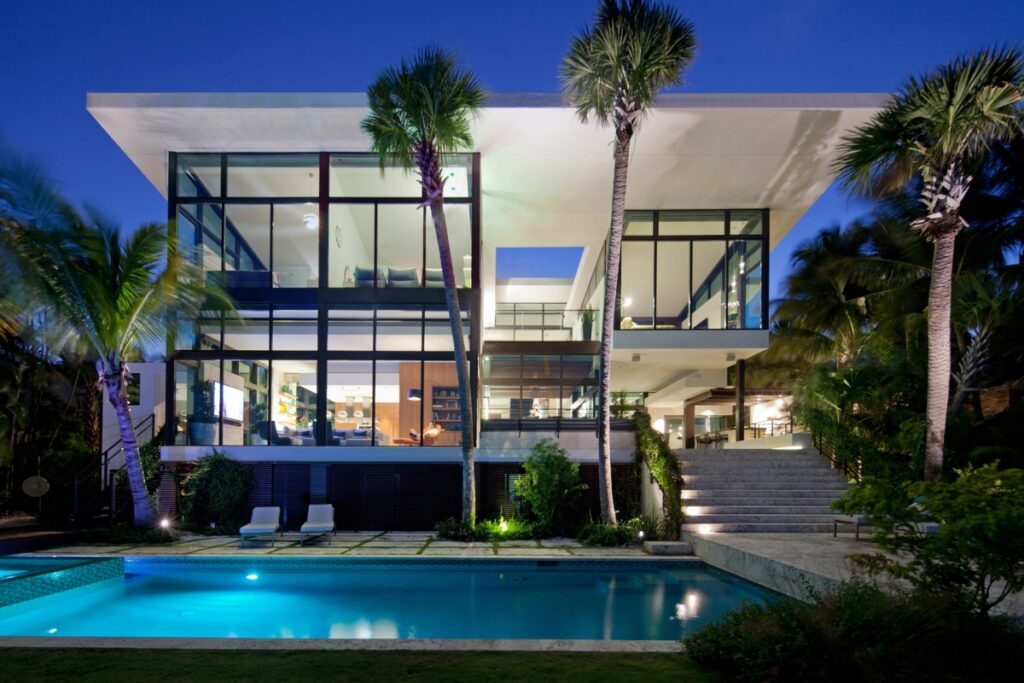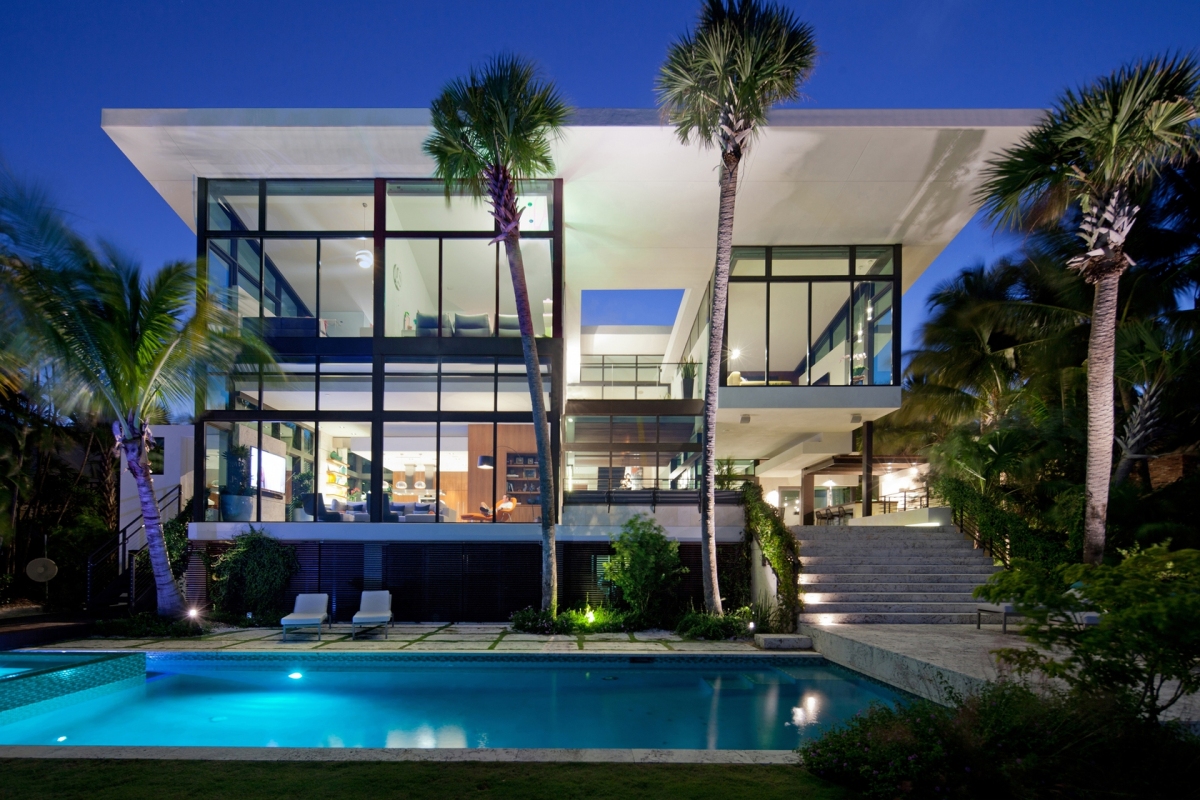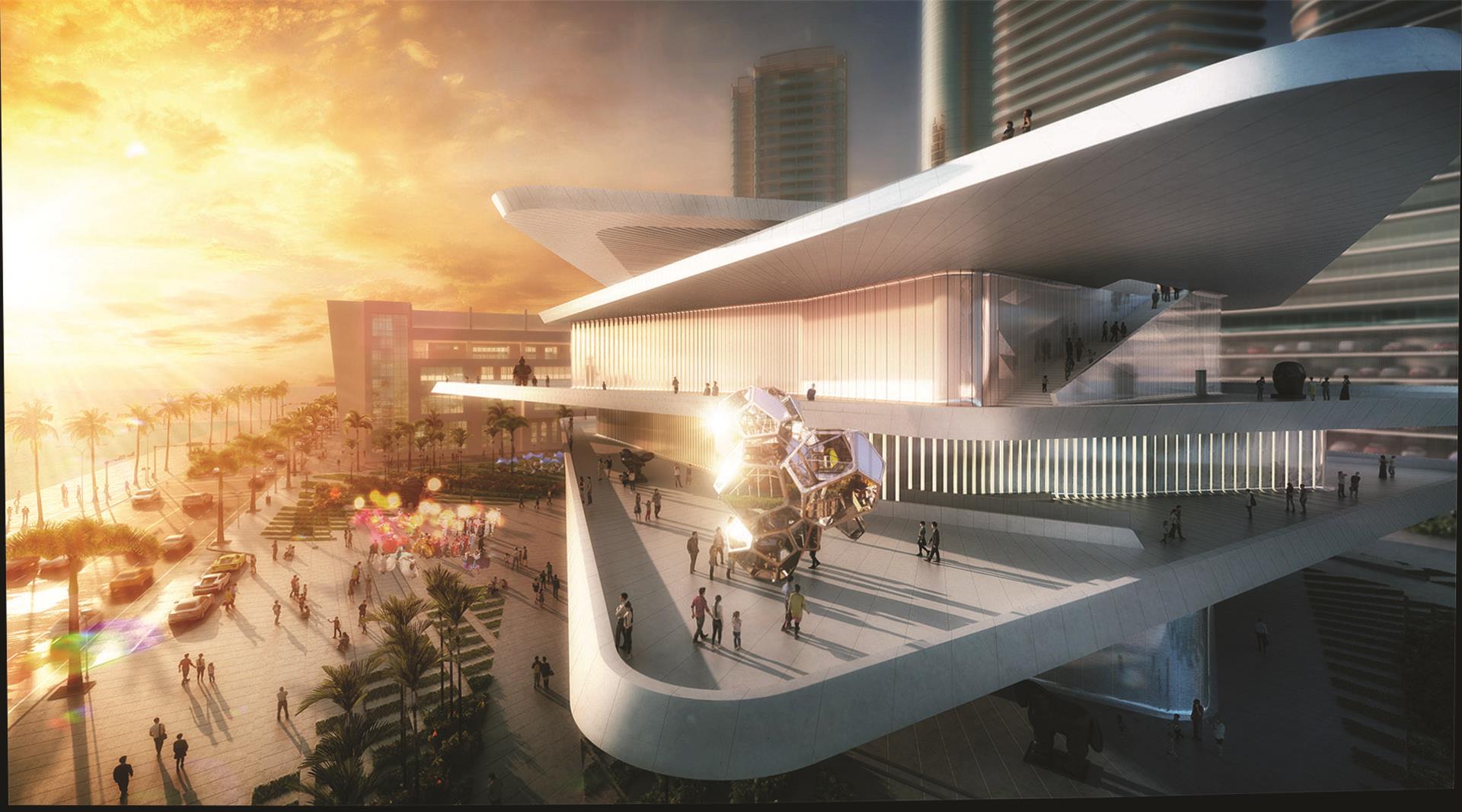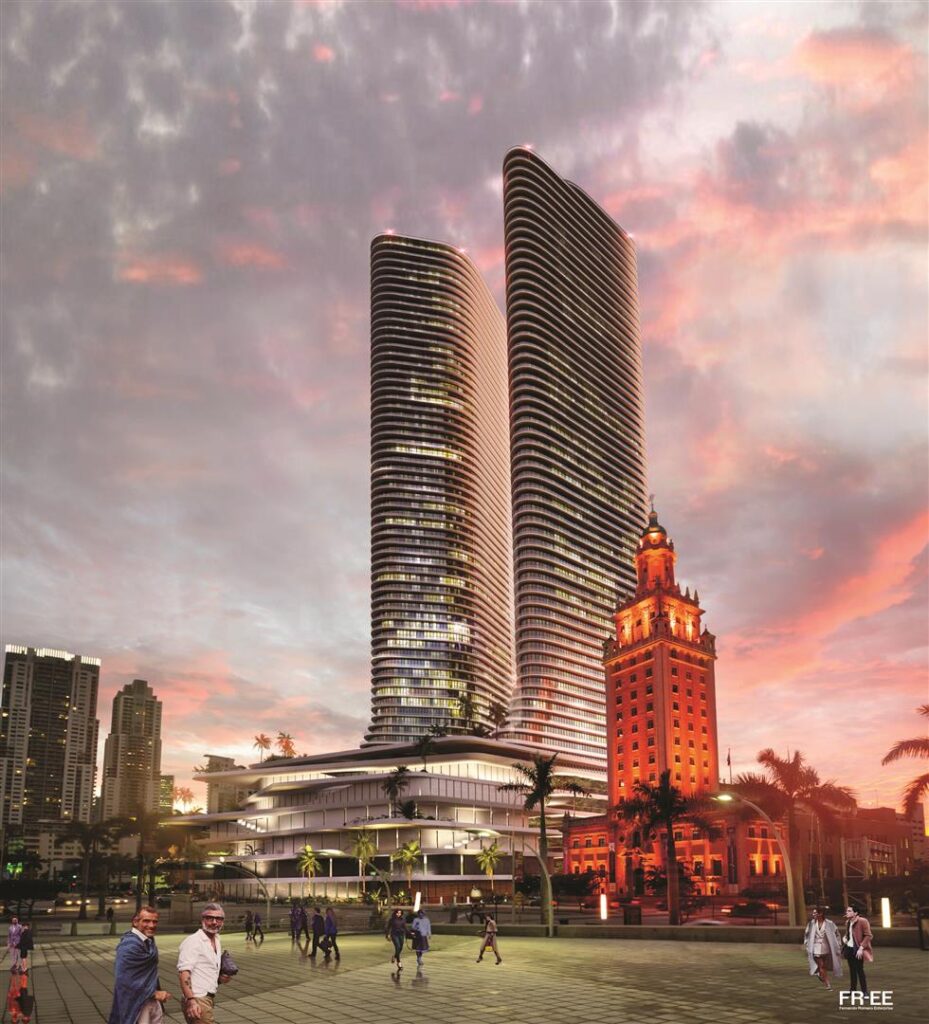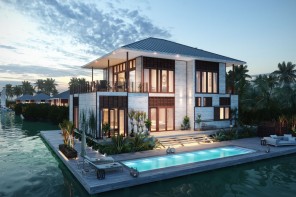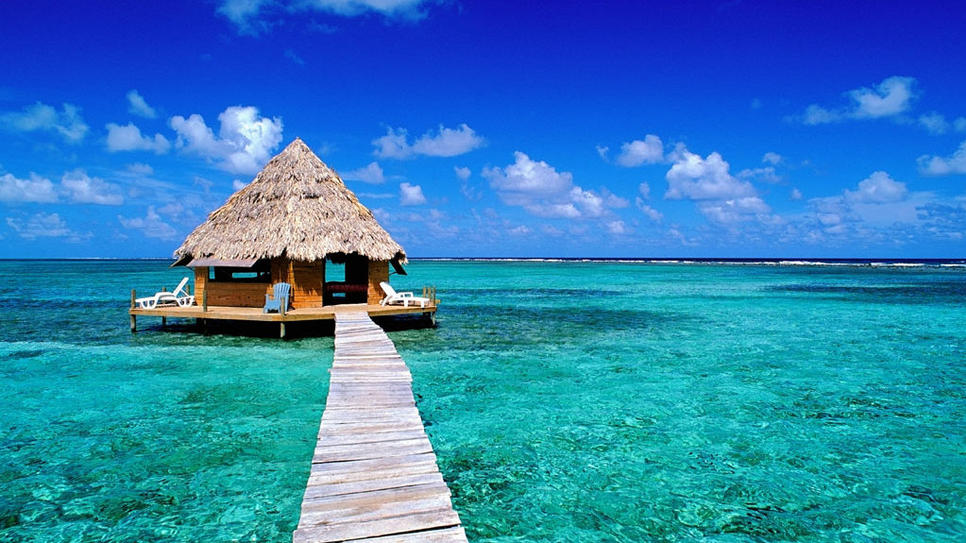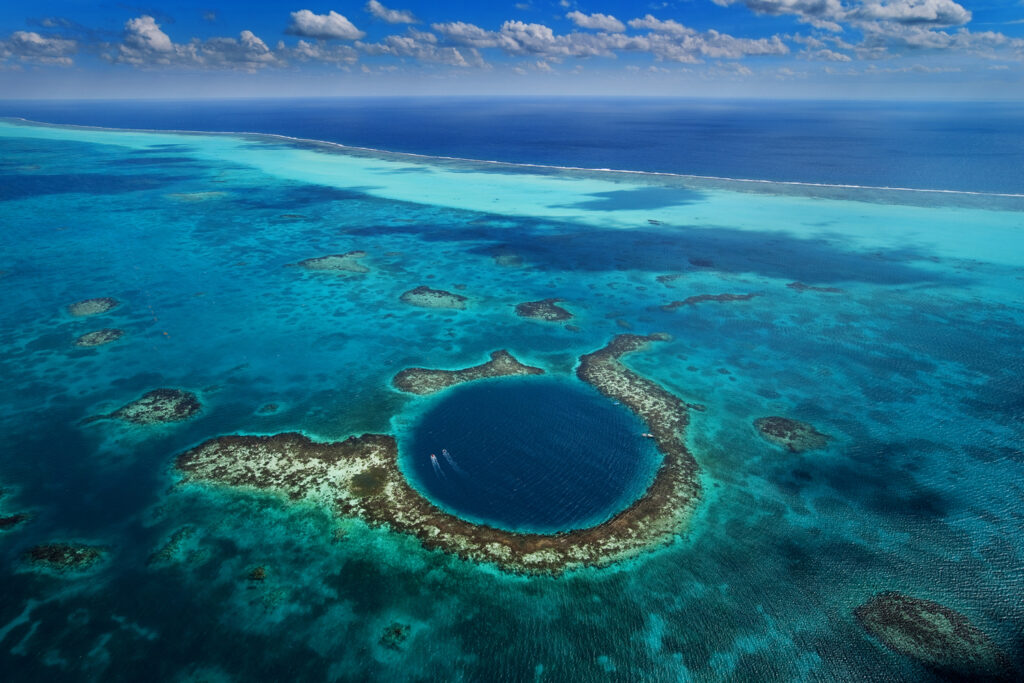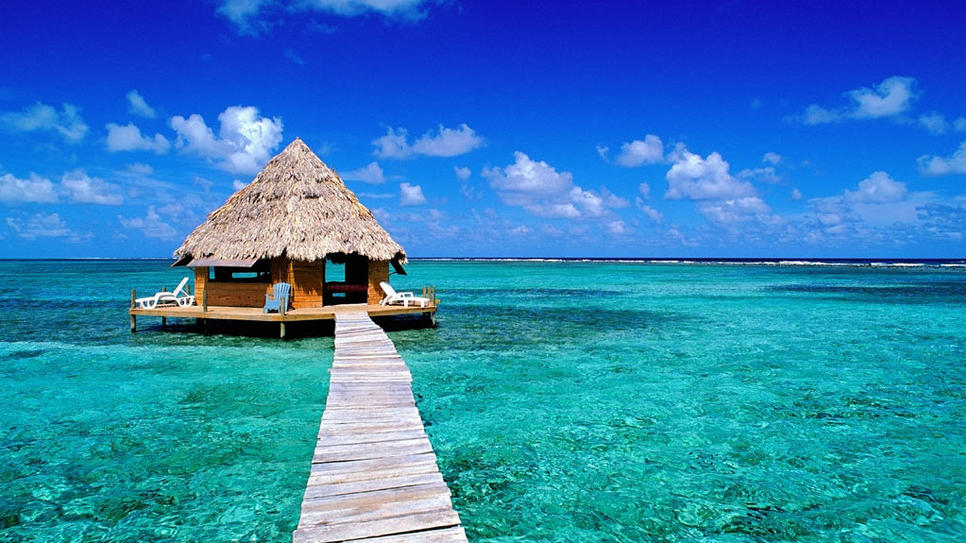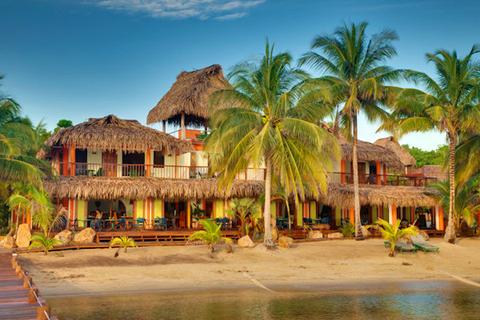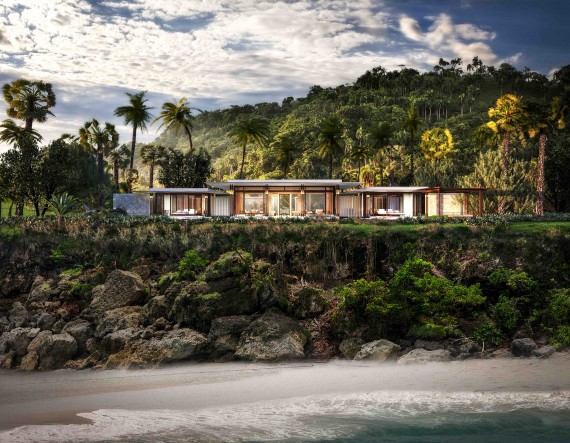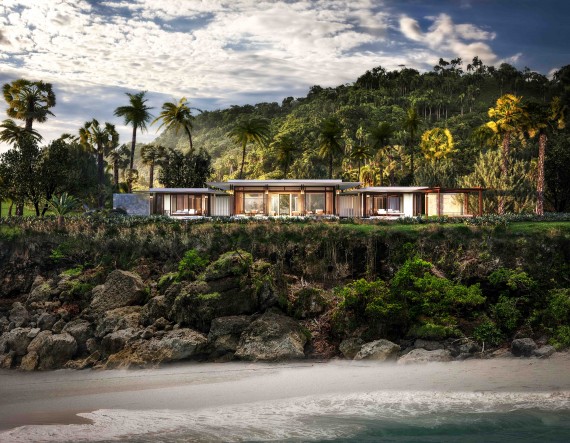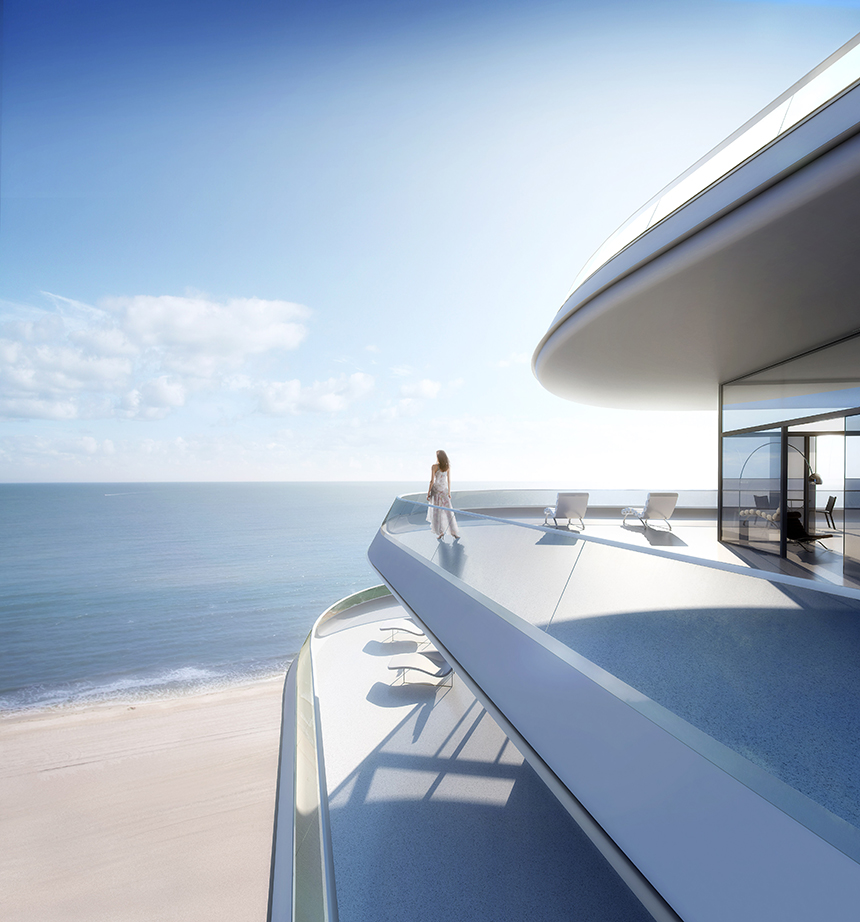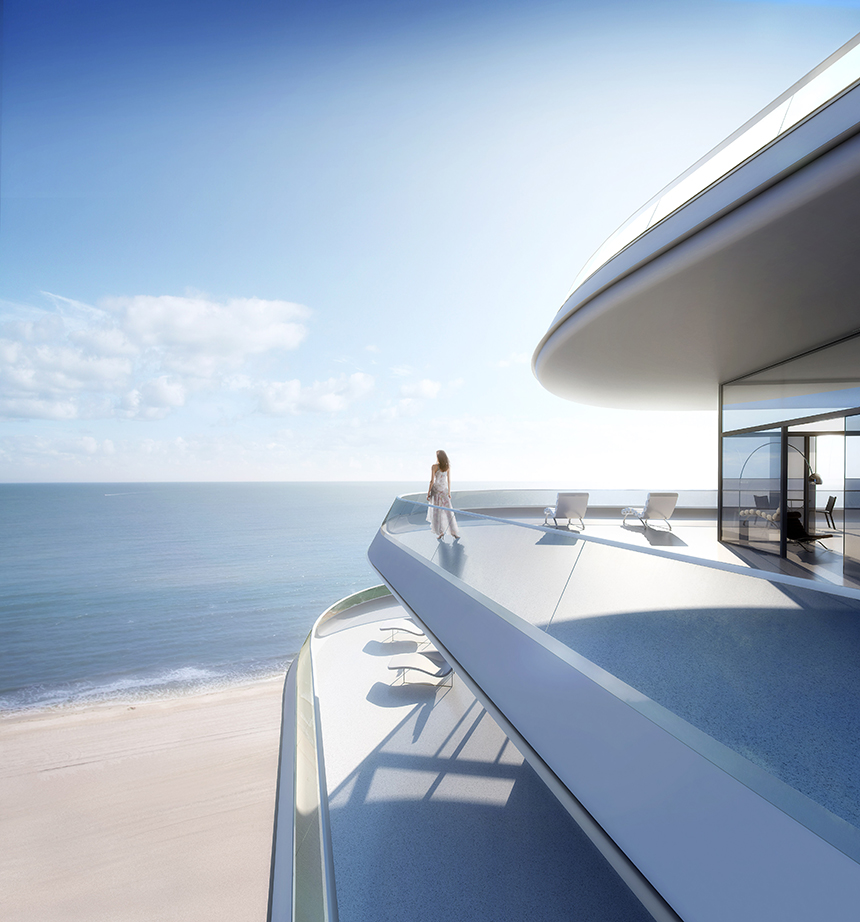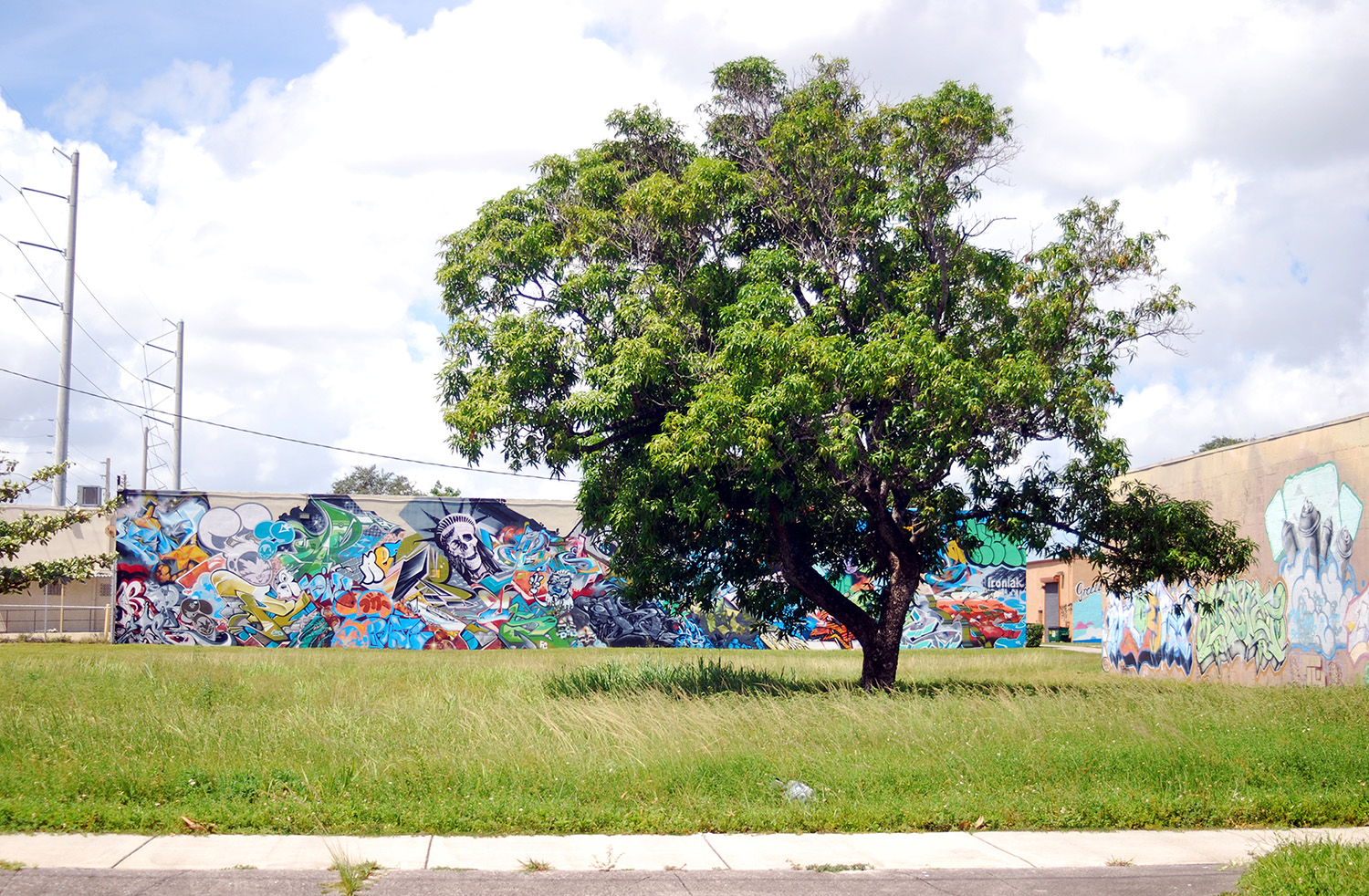Do you live within a half mile (0.8 km) of a park? Can you walk from your home to a park in ten minutes or less?
If you live in Boston, San Francisco, New York City, or Washington, D.C., the answer is almost certainly yes: nearly every resident in those cities has quick and easy access to some kind of public park space.
If you live in a more spread-out place, like Fort Worth, Texas; Columbus, Ohio; or Las Vegas, there is only about a 50/50 chance you can easily walk to your closest park. And things are more challenging in the sprawling giants like Oklahoma City, Memphis, and Indianapolis. In Houston, for example, more than 1.2 million people cannot get to any park, even a tot lot or a small urban square, without walking more than a half mile.
These facts, determined through mapping by the Trust for Public Land (TPL), demonstrate the need for many more parks for the increasingly urbanized U.S. population. Cities are rising to the challenge in creative ways, building deck parks over highways, converting asphalt schoolyards to after-school community parks, installing community gardens at abandoned properties, turning unused rail lines into linear parks, and more.
All these efforts help provide green space within a ten-minute walk for the millions of urban and suburban Americans who are too far from parks to derive the health, environmental, and rejuvenating benefits they offer. While a number of big-city mayors and even a governor have endorsed the goal of providing parks or other open spaces within a ten-minute walk of residents, adding enough parks to serve all 249 million people living in U.S. cities, suburbs, and urbanized areas—83 percent of the population—will be a challenge.
There is another, concurrent approach to providing Americans with a nearby park: bringing more dwellings to the periphery of existing parks to increase density on their edges. This is what TPL researcher Kyle Barnhart calls, “not only ‘parks for people,’ but also ‘people for the parks.’”
Small areas of pavement are transformed into usable urban open space, commonly known as parklets, in San Francisco’s Pavement to Parks Program. Small areas of pavement are transformed into usable urban open space, commonly known as parklets, in San Francisco’s Pavement to Parks Program.
The concept is parallel to the approach taken with transit. It is well established that the expense of building and operating transit lines can and should be earned back through the promotion of transit-oriented development—dense pockets of housing, commercial space, and retail development within 2,000 feet (610 m) of subway stations and major trolley and bus stops. Arlington, Virginia, for example, has won numerous awards—and achieved notable economic success—by closely tying compact residential and commercial redevelopment to six of its Metro stations.
The same logic can hold for park-oriented development. While studies by Smart Growth America and others show that transit is the strongest generator of demand for urban consolidation and density, parks can be high on that list, too. This has been shown in compact redevelopment in such places as Philadelphia (around Hawthorne Park), St. Paul, Minnesota (around Wacouta Commons), and Denver (along Commons and Confluence parks).
Surveys regularly find that people strongly desire greenery nearby, and they like providing a place for their children (and their dogs) to play. Even people who have no kids or animals and rarely go to a park significantly benefit from simply having a green view from a house or an apartment, as has been shown in research by Ming Kuo at the University of Illinois and others.
“The great thing about parks is that you can jump into them from just about anywhere,” says Elizabeth Shreeve, a planner and a principal with SWA, a landscape architecture, planning, and design firm in Sausalito, California. “And it’s particularly true for trails—long, thin parks that can have a few miles of edge and touch so many more communities.”
Americans are not unified on the topic of density and parks, and that lack of consensus may be partly due to the many different mental pictures people have of both parks and cities.
Iconic photos from New York City and Chicago show massive walls of apartments facing Central Park and Lincoln Park, respectively. Philadelphia’s Rittenhouse Square, San Francisco’s Portsmouth Square, and Portland’s new Jamison Square teem with activity nearly around the clock because of the large number of people living nearby. But that is not the rule. An ongoing study by the Rand Corporation is finding that some city parks around the nation are surprisingly lightly used, and part of the reason is that so few people live near them.
One dramatic case is Portland’s 5,032-acre (2,036 ha) Forest Park, one of the largest city parks in the country, which has only 4,344 residents within a half mile (0.8 km) of its long boundary. It receives only about 500,000 visits per year, which sounds like a lot, but that works out to less than two persons per park acre every week.
In contrast, New York City’s Riverside Park, much smaller at 330 acres (134 ha), serves more than 259,000 people within easy walking distance and receives about 3.5 million visits a year. Riverside Park and the adjacent Riverside Drive were specifically planned and designed in the 19th century as an amenity attraction for the development of scores of mansions, and later handsome apartment buildings, along the drive, and it worked.
In a few places, tall buildings could threaten the very parks they celebrate. In Manhattan, a recent spate of ultra-tall luxury condominium towers is casting shadows that reach into Central Park at certain hours during winter months. (These buildings do very little for urban density because their super-wealthy owners generally reside elsewhere most of the time.)
Parks in densely developed midtown areas of major cities might well require special zoning protection to avoid being cast in shade much of the year. San Francisco already has fought back with a stringent sunlight protection law that requires developers to replace every square foot of parkland that is newly shaded even one hour of the year.
One trend affecting densification around city parks involves the conversion of former manufacturing and office buildings to residential use. From Portland, Maine, to Portland, Oregon, and from Washington, D.C., to Seattle, Washington, business and industrial centers have been turned into or added to residential communities. As new residents move into the once-nearly abandoned historic downtown Los Angeles, how might that change demand for park amenities like playgrounds in Pershing Square or increase use of newly built Grand Park or Spring Street Park?
Finding the Revenue
Park-oriented development plays into two of today’s realities: urbanites want high-quality parks nearby, and mayors need revenue to maintain the quality of those facilities. That revenue can only come from taxpayers, philanthropic donors, or people paying fees.
“In cities, density not only matters, it’s crucial,” says Mahlon “Sandy” Apgar IV, a real estate counselor and author. “Parks are one of the key features that can bring it about.”
Apgar himself is living his aphorism. Beginning as an intern with legendary developer James Rouse, he has lived in London; Washington, D.C.; and Baltimore’s suburbs. But after becoming empty nesters, Apgar and his wife, Anne, moved to Baltimore’s Federal Hill neighborhood, which is anchored by the famed Inner Harbor and a historic park. There they cofounded a park revitalization organization called South Harbor Renaissance.
Apgar is focusing his attention on finding a sustainable funding model to pay for better upkeep and management of that historic open space, Federal Hill Park. He thinks solutions could include market-based pricing for revenue-generating activities in the park, a value-based local tax benefit for merchants who contribute in-kind support to the park, and a services-based assessment (such as those charged by private neighborhood associations) to pay for maintenance by the Waterfront Partnership, Baltimore’s celebrated open-space management group.
“As Baltimore grapples with solutions to issues of employment, housing, and education, parks must be part of the mix as well to make it a healthful and beautiful city that unites and uplifts people,” Apgar notes.
“Of course, conversations about density can be a flashpoint for a community,” he adds. “People intuitively perceive the drawbacks more than the benefits. Most people don’t link their neighborhood’s density with the capacity and resources to improve their parks. So, that’s what policy makers and officials themselves need to understand and then communicate to constituents.”
Opposition to greater building height or increased development density surrounding parks is often due to NIMBYism, he says. “And in older cities, it may be symptomatic of other issues confronting residents, such as antiquated infrastructure and inefficient public services despite high taxes.”
In the absence of lengthy conversations and public education, “battle lines are drawn between old-timers and newcomers who bring fresh ideas and energy to enliven community parks,” Apgar says.
Jamison Square, the first park added to the Pearl District in Portland, Oregon, is a model pocket park that, through a variety of inclusive features including a fountain, a boardwalk, and an outdoor gallery, enables a high level of use by the surrounding communities. (PWL Landscape Architecture)
Jamison Square, the first park added to the Pearl District in Portland, Oregon, is a model pocket park that, through a variety of inclusive features including a fountain, a boardwalk, and an outdoor gallery, enables a high level of use by the surrounding communities. (PWL Landscape Architecture)
“Historically, inflexible zoning did not allow much room for experimentation. Now that’s changing,” he says. “The millennials’ drive to the city and enthusiasm for shared space promotes higher-density urban design. Planned new communities have shown the way by integrating open space with denser mixed-use development and introducing flexibility to open-space zoning. And these innovations, thankfully, are moving from backroom deal making to more open neighborhood forums.”
Baltimore has a triad of parks that illustrate the opportunities and challenges of the “people for the parks” concept.
Federal Hill is an eight-acre (3.3 ha) park in a crowded historic neighborhood. A few miles away, 135-acre (55 ha) Patterson Park, supported by a group called Friends of Patterson Park, is becoming steadily safer, more beautiful, and more active, adding significant value and appeal to its neighborhood; it seems likely that the housing market there would support replacement of some of the small surrounding rowhouses with apartment buildings.
But the story is different on the west side, where 700-acre (283 ha) Druid Hill Park was at one time the city’s premier pleasure ground, surrounded by large apartment buildings and a dense fabric of fashionable brownstones. Because of severe neighborhood decline, the periphery today is a sad mixture of old buildings, vacant land, and a few new gated developments.
Zoning and Political Will
There is no one-zoning-fits-all solution to these myriad situations, nor a single best way of developing around parks. In some places, the housing demand simply does not exist; in others, there would be strong resistance from current residents to denser development. Apgar takes that concept further: he believes that large parks should not even be thought of as single entities. “One of Patterson Park’s strengths is that it is large and diverse enough to have a mix of surrounding communities with different types of housing, different uses, and different markets,” he says.
In all cases, local politicians and business leaders would have to understand that park-oriented development is economically beneficial to the city and environmentally beneficial to the surrounding region, just as is the case with transit-oriented development.
Clearly, with a few notable exceptions in places like New York City, many neighborhoods surrounding parks are far from being fully developed. In fact, with many urban communities in a state of almost continuous redevelopment flux, there is often room for gradual densification. A rough calculation shows that if the density around parks in all urban areas were slowly increased so that the half-mile-walk “catchment population” doubled from an average of about 1,850 people to 3,700, the number of new parks needed to provide the ten-minute walk to all city dwellers would be cut in half.
This approach would not be easy. One person particularly aware of the importance of parks, but also of the challenge of density, is Jeremy Sharpe, vice president for community development for the Rancho Sahuarita master-planned community in Tucson, Arizona.
“The closer residents can be to a park, the better,” Sharpe says. “A safe, well-maintained park is an amenity. We regularly survey our residents, and parks and trails continue to be the main reason people live in our community.”
Federal Hill in Baltimore’s Inner Harbor offers eight acres (3 ha) of park space in what otherwise is a crowded historic neighborhood.
Federal Hill in Baltimore’s Inner Harbor offers eight acres (3 ha) of park space in what otherwise is a crowded historic neighborhood.
But density is a challenge, he says. “In principle, in gateway cities the park-oriented development idea makes sense. But in non-gateway cities like Tucson, the market doesn’t demand that level of density,” he says. “Yes, there is an increased interest in urbanity, especially by millennials. But according to two 2015 ULI studies, while 37 percent of millennials want to live in cities rather than suburbs or a small town (America in 2015), only 13 percent actually now live in or near downtowns (Gen Y and Housing). Most millennials want urban amenities in a suburban environment.
“Also, sometimes changes in the development process are difficult,” Sharpe continues. “New ideas are often challenged, not because of the concept necessarily, but because there aren’t existing principles to work under in the local market. Public planners have limits on what they’re able to approve due to politics and zoning constraints. In our master-planned community, we’ve had to demonstrate some amenities and principles that were new and unfamiliar in our region.”
Shreeve turns that thought around. “How about giving developers density bonuses for making improvements to existing parks?” she says. “Traditionally, in many places developers give land or money for new parks. But what if they also had the alternative of making our current parks better and allowing more people to live around them?”
Would this densification strategy cost more, or less, than simply buying more land? No one knows yet, but there is one major difference between the two approaches: buying the land requires public (and occasionally, private) money, whereas changing the urban form can be done largely through private financing. Small changes in zoning rules, incentives, or both can allow private developers to enter the market and assume the risk in return for likely profit.
Cities today are again ascendant, but they can also be difficult places to live without green space and other places providing respite. Creating new parks and working to fit more people around the edges of existing parks is a double-barreled way to get the most benefit to the largest number of people at a cost the nation can afford.
Peter Harnik is director of the Center for City Park Excellence at the Trust for Public Land; he is author of Urban Green: Innovative Parks for Resurgent Cities (Island Press, 2010).
